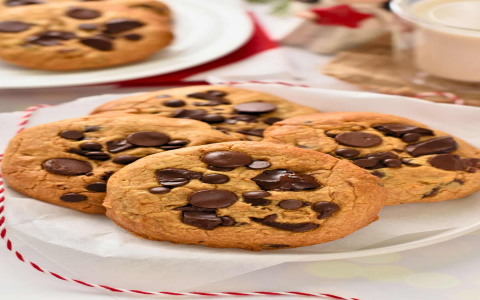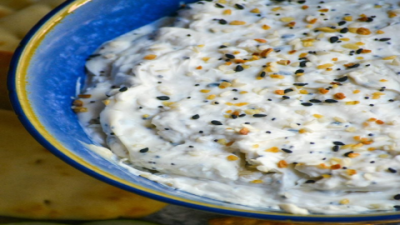Baking cookies is one of those simple joys, right? But sometimes life throws a curveball—maybe you’re out of butter, or you’re trying to eat a bit healthier, or perhaps you’re just curious if oil can stand in for butter in your favorite cookie recipe. The truth is, yes, you can substitute oil for butter in cookies, but it’s not always a straightforward swap. There’s a bit of a learning curve, and the results can vary quite a bit depending on what you’re after. So, buckle up, because I’m going to share everything I’ve learned about making this switch without ending up with a cookie disaster.
Why even bother substituting oil for butter? Well, there are a few reasons. For starters, butter is delicious but high in saturated fat, which some folks want to cut down on for health reasons. Then there’s the fact that butter is a dairy product, so if you’re lactose intolerant or vegan, oil is a natural alternative. And hey, sometimes you just don’t have butter on hand but a bottle of oil is staring at you from the pantry. Plus, oil can make cookies softer and moister, which some people prefer over the classic butter cookie crunch.
Now, butter and oil are quite different beasts when it comes to baking. Butter is about 80% fat, but it also contains water and milk solids. That water content actually helps with the structure and texture of cookies. Oil, on the other hand, is 100% fat and liquid at room temperature. This means it behaves differently in your dough. Butter, when creamed with sugar, traps air and helps cookies rise and get that lovely crumbly texture. Oil doesn’t do that, so your cookies might turn out denser or spread more.
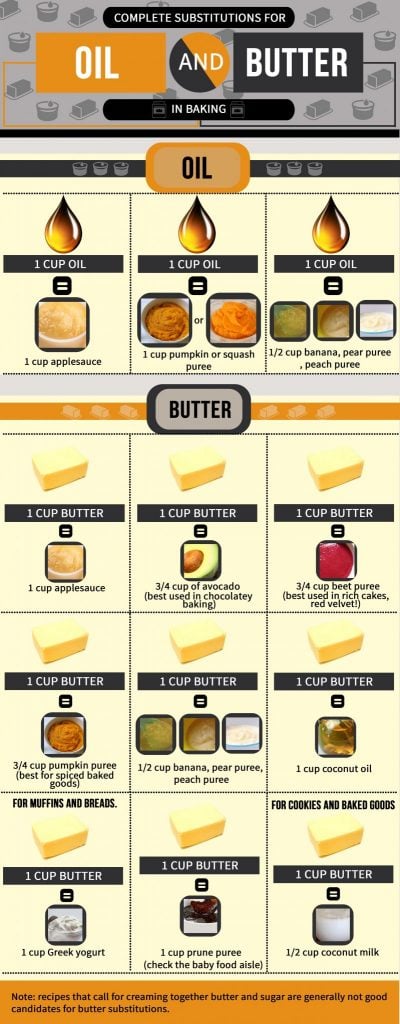
So, how do you swap oil for butter without messing things up? The general rule of thumb is to use about three-quarters the amount of oil for the butter called for. For example, if your recipe asks for cup of butter, use about ¾ cup of oil. This accounts for the fact that oil is pure fat and butter isn’t. If your recipe uses melted butter, you can usually swap oil 1: because both are liquid fats. Also, since butter has some water, adding a tablespoon or two of water or milk when you use oil can help keep the moisture balance right.
Keep in mind that cookies made with oil will usually be softer and chewier, and they might spread out more on the baking sheet. They won’t have the same rich, buttery flavor either, especially if you’re using a neutral oil like vegetable or canola. If you want a bit of flavor, olive oil can add a nice fruity note, but it’s not for every cookie. And because butter’s milk solids help cookies brown nicely, oil-based cookies might look a little paler.
Speaking of oils, not all oils are created equal for baking. Vegetable and canola oils are your safe bets—they’re neutral and won’t mess with your cookie’s flavor. Olive oil is great if you want to experiment with flavor, especially in chocolate or spice cookies, but use a mild extra virgin kind to avoid overpowering the taste. Coconut oil is another option; it adds a subtle coconut flavor and can give a nice crispness, but again, it depends on your cookie. Sunflower oil is also good if you want something heart-healthy and neutral.
Here are a few tips if you’re trying this out:
- Chill your dough before baking. Oil-based doughs tend to spread more, so chilling helps keep your cookies from turning into flat discs.
- Watch your baking time. Oil cookies might bake faster, so start checking a few minutes early.
- If you want a bit more structure, try adding an extra egg or a tablespoon of flour.
- Use parchment paper or silicone mats to prevent sticking, especially since oil makes cookies a bit greasier.
- Consider blending butter and oil to get the best of both worlds—flavor from butter and moisture from oil.
Here’s a quick conversion guide to keep handy:
| Butter Amount (cups) | Oil Amount (cups) | Additional Water/Milk (tablespoons) |
|---|---|---|
| 1 | 0.75 | 1-2 |
| 0.5 | 0.375 | 0.5-1 |
| 0.25 | 0.1875 | 0.25-0.5 |
Now, some frequently asked questions pop up when people try this swap:
Q: Can I substitute oil for butter in every cookie recipe?
A: Not exactly. Some cookies, like shortbread or sugar cookies, rely heavily on butter’s structure and aeration. Using oil might make them too soft or cause them to spread too much. But for chewy or cake-like cookies, oil works just fine.
Q: What’s the best oil to use?
A: For most cookies, neutral oils like vegetable or canola are your best bet. Olive oil can be great if you want a little flavor twist, especially in chocolate or spice cookies.
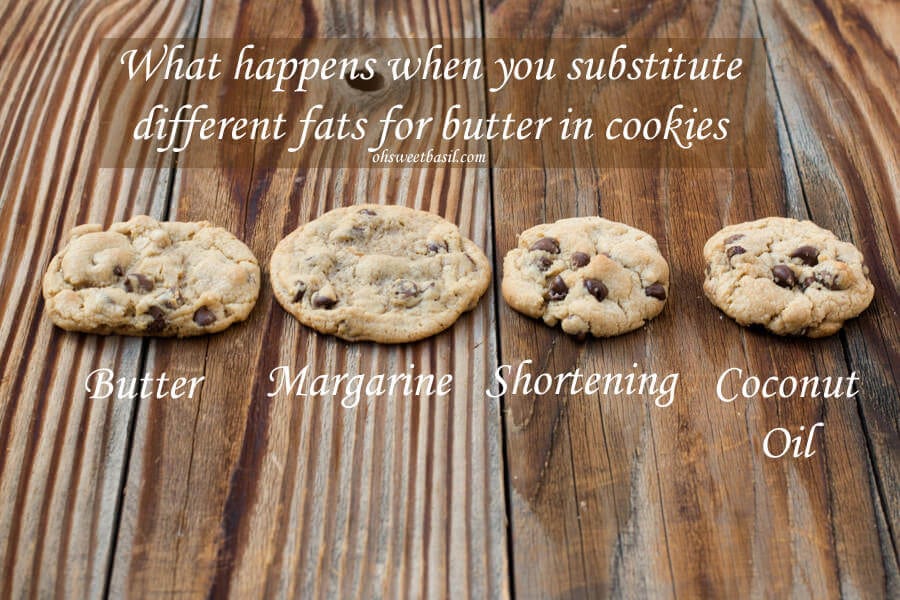
Q: Does using oil affect how long cookies stay fresh?
A: Cookies with oil tend to stay moist longer but might get soft or greasy if not stored properly. Butter cookies usually keep their crispness longer.
Q: Can I use coconut oil instead of butter?
A: Yes, you can. It adds a mild coconut flavor and can create a nice crisp texture, but it might not suit all cookie flavors.
Q: Should I add anything else when using oil?
A: Adding a bit of water or milk helps mimic butter’s moisture. Also, chilling the dough and maybe adding an extra egg or flour can improve texture.
Let’s talk a bit about the science behind this. Butter’s water and milk solids do more than just add flavor—they help trap air when creamed with sugar, which is crucial for that tender crumb and rise in cookies. Oil, being liquid and pure fat, doesn’t trap air, so your cookies might be denser and spread more. But oil brings moisture and tenderness, which is why it works well in some cookie styles.
One trick I’ve found helpful is mixing butter and oil. Using half butter and half oil can give you that buttery flavor and good texture, plus the softness and moisture from oil. It’s like having your cake and eating it too!
In the end, substituting oil for butter in cookies is totally doable, but it takes a bit of trial and error to get it just right. Understanding the differences and adjusting your recipe accordingly will help you bake cookies that suit your taste and dietary needs without compromising on yumminess.
So next time you’re out of butter or just want to try something different, don’t be afraid to reach for that bottle of oil. With a little patience and these tips, you might just discover a new favorite cookie texture and flavor.
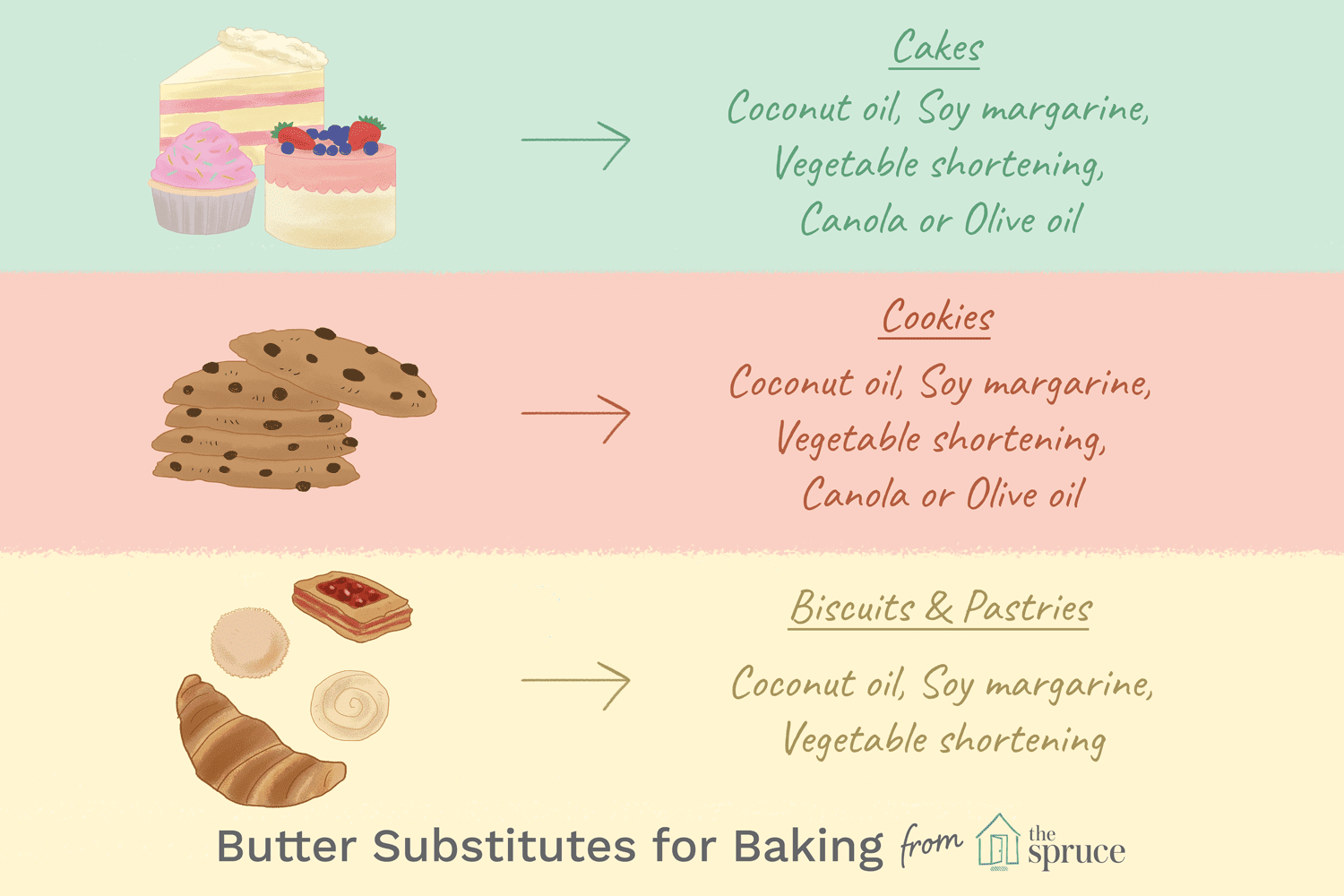
Happy baking!
